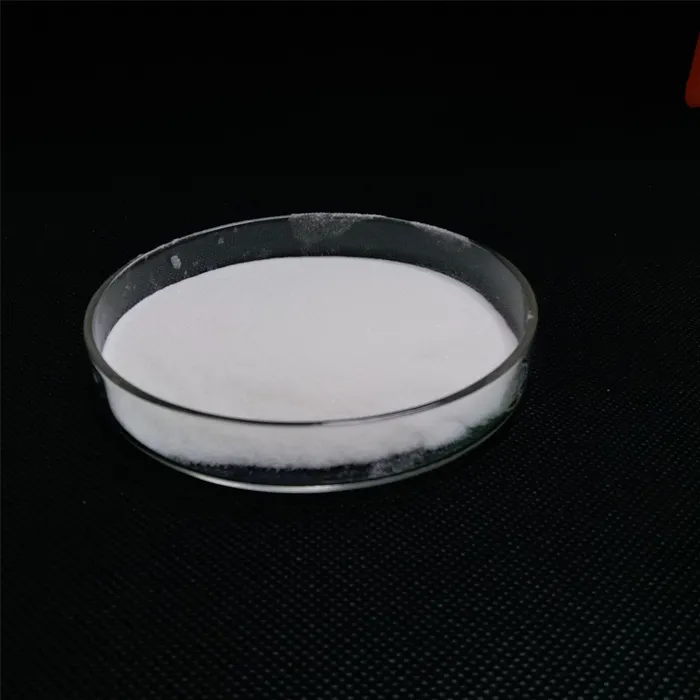Understanding Sulfamic Acid Powder Properties, Uses, and Safety
Sulfamic acid, also known as sulfamidic acid, is a white crystalline powder with the chemical formula H3NSO3. It has a wide range of applications in various industries due to its unique chemical properties. This article aims to provide an overview of sulfamic acid powder, including its characteristics, uses, and safety considerations.
Properties of Sulfamic Acid Powder
Sulfamic acid is a strong acid, but it is non-volatile and stable under normal conditions. It decomposes upon heating, releasing sulfur oxides, making it essential to store it properly. The powder is highly soluble in water, forming a clear solution that exhibits strong acidity. Its pH can drop significantly, making it effective for various cleaning and descaling applications. Additionally, sulfamic acid can act as a reducing agent and is less corrosive than hydrochloric acid, making it more favorable for certain applications.
Applications of Sulfamic Acid Powder
One of the most common uses of sulfamic acid powder is in the cleaning industry. It is used as a descaling agent for removing limescale, rust, and mineral deposits from surfaces such as boilers, heat exchangers, and metal equipment. Its effectiveness against tough stains and deposits makes it an integral component in many industrial cleaning solutions.
In addition to its cleaning capabilities, sulfamic acid is utilized in the production of various chemicals. It serves as an intermediate in the synthesis of herbicides, dyes, and pharmaceuticals. Its unique properties also allow it to be used in the paper and textile industries, where it aids in dyeing processes and pH control.
sulfamic acid powder

Sulfamic acid is also commonly used in the food industry as a food additive, specifically as a preservative. It helps to maintain the quality and safety of food products by inhibiting microbial growth. However, its application in food is regulated, and it is crucial to adhere to guidelines set by food safety authorities.
Safety Considerations
While sulfamic acid powder presents many benefits, it is essential to handle it with care. It is classified as an irritant and can cause skin and eye irritation upon contact. Inhalation of sulfamic acid dust can lead to respiratory issues, so it is advisable to use personal protective equipment (PPE) such as gloves, goggles, and dust masks when handling the substance.
Moreover, proper storage and disposal of sulfamic acid are crucial. It should be kept in a cool, dry place away from incompatible substances, such as strong bases and oxidizers. In case of a spill, it is essential to follow the appropriate spill response procedures to minimize risks to health and the environment.
Conclusion
Sulfamic acid powder is a versatile chemical with a range of industrial applications, primarily known for its effectiveness in cleaning and descaling. Its properties make it valuable in various sectors, from manufacturing to food preservation. However, prudent handling and awareness of safety protocols are vital to prevent potential hazards. As industries continue to seek effective cleaning and chemical solutions, sulfamic acid's role is likely to expand further, solidifying its importance in modern applications.

